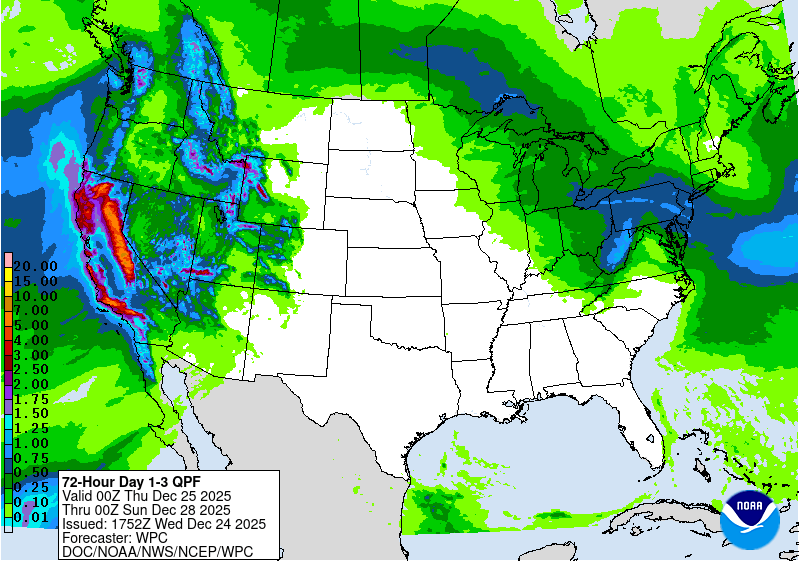Severe weather will be possible Sunday afternoon and evening. Damaging winds will be the primary threat, however isolated large hail, flash flooding, and a few tornadoes will also be possible.

Severe weather will be possible Sunday afternoon and evening. Damaging winds will be the primary threat, however isolated large hail, flash flooding, and a few tornadoes will also be possible.

This report is specifically for the Arbor Doctor’s location 3.4 miles west of Cheviot, OH, in the western suburbs of Cincinnati in southwest Ohio. This location is also an official cooperative observation site for the National Weather Service listed as Cheviot 3W.
What is the Condition Monitoring Report? See these links for more information:

You may have noticed that Arbor Doctor, meteorologists and climatologists define seasons differently from “regular” or astronomical spring, summer, fall, and winter. So, why do meteorological and astronomical seasons begin and end at different times? Read more here>>>